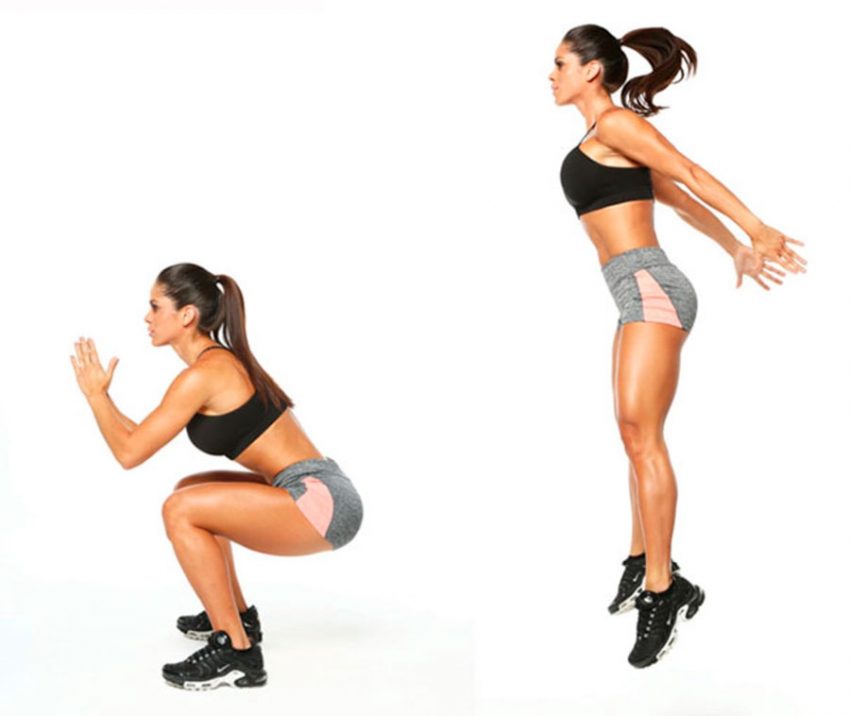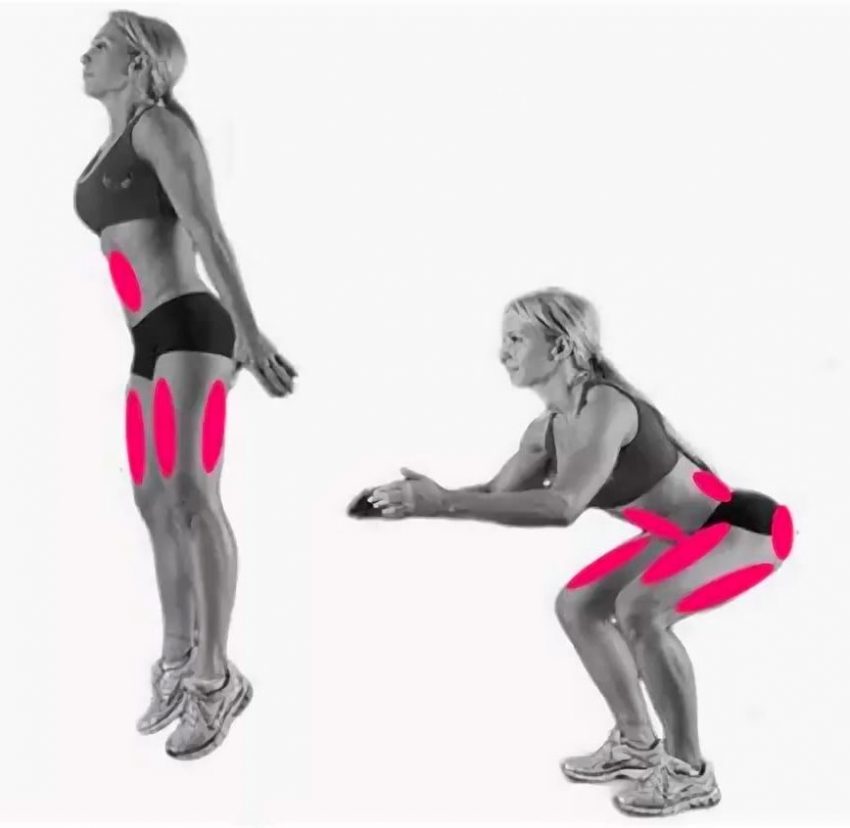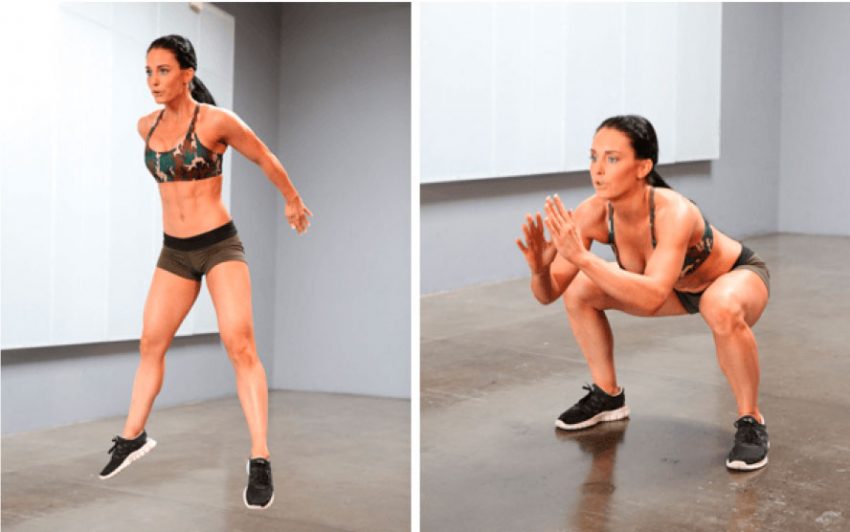The jump up exercise is one of the few plyometric movements used in fitness. It is simple enough to be mastered by anyone and has many benefits. Like other jumping work, the exercise develops explosive strength. It helps activate fast muscle fibers, strengthen ligaments, and increase joint mobility. In bodybuilding, jumping begins when normal strength work no longer causes hypertrophy. In fitness – if you need high-speed work, and weightlifting movements are not available. And in general physical training for different sports, they make jumps to develop speed. Jumping out consumes a lot of energy, so they found their place in training aimed at losing weight.
What do jumping out of

Human muscle fiber is not homogeneous. “Slow” muscle fibers work in repetitive and long enough movements. They turn on when we walk, swim slowly, run at an easy to medium pace. These fibers can be “pumped up”, but it will not be possible to achieve a significant volume of pumping only.
“Fast” fibers are another matter. They are thicker in volume and are designed for explosive work. When we raise our one-rep max in the squat, they turn on. When we run 50 meters with all our strength, too. Fast fibers give us those bulging, firm glutes, elaborate quads, and tight and prominent hamstrings and calves. Look at the feet of a team sport that uses brisk runs. Or on the form of sprinters.
You can get the fast fibers to work by doing heavy lifts, sprinting, or jumping. For the average athlete, jumping is the most accessible of the entire plyometric exercise suite.
The purpose of including them in the plan is as follows:

- Overcome a force plateau . Many athletes struggle with the same weight for years. Here we can manipulate not only the amount of rest and parameters inherent in the training plan, but also the inclusion of different types of fibers. In squats and deadlifts, the “plateau” is broken through by jumping out of the saddle of different depths. For pulls, quarter-amplitude jumps are used, in this way they imitate the work of the quadriceps in the pull;
- Develop speed when running for short distances . Jumping gives a lot to a person who has decided to do crossfit or sprint. They allow you to gain speed without problems and work out muscle fibers at the right angles;
- Improve body composition in fitness . The exercise is energy consuming enough to consume a significant amount of calories per workout. It allows you to bring energy expenditure to a new level and achieve success in burning fat;
- Correct the shape . The movement is suitable for those who have problems with building mass. It allows you to make the buttocks more rounded and literally “draw” the muscles of the thighs.
What muscles work

In jumping out, their squats are involved:
- Large gluteal;
- Quads;
- Hip biceps;
- Calf
In static mode, the abs, back and even arm muscles work as stabilizers.
Execution technique

Technically, there are several varieties of squat jumps. An incomplete squat and jumping out of it work out the quads more, a full squat – the buttocks. However, the exercise is performed on a soft plyometrics floor. At home, a rubber coating for a playground is suitable. Sneakers are required, they will allow you to control the position of the body in the landing phase and reduce the shock load.
Technics
- Take the starting point for squats – feet at a width that is comfortable for a dosed, the toes are turned to the sides so that it is possible to lead the knees to the sides, the body is straight, the back is tense and collected, the stomach is tightened
- As you inhale, push your knees to the sides, and begin to bend them, and the hip joints, leaving your back straight;
- Having reached the point at which the pelvic bones pass the plane of the knee, push off the floor with your feet and jump up sharply;
- During the flight phase, the knees can be left slightly bent;
- Then the force of gravity will do all the work for you, land on the front of the arch of the foot, and lower yourself completely into the squat;
- Repeat as many times as necessary to complete the set, and do the exercise again after a short rest.
It is important to jump out on a soft surface, but do not lay a blanket on the floor at home. If you are exercising at home, it is worth purchasing a few pieces of rubber from your hardware store. It will help absorb excess shock.
